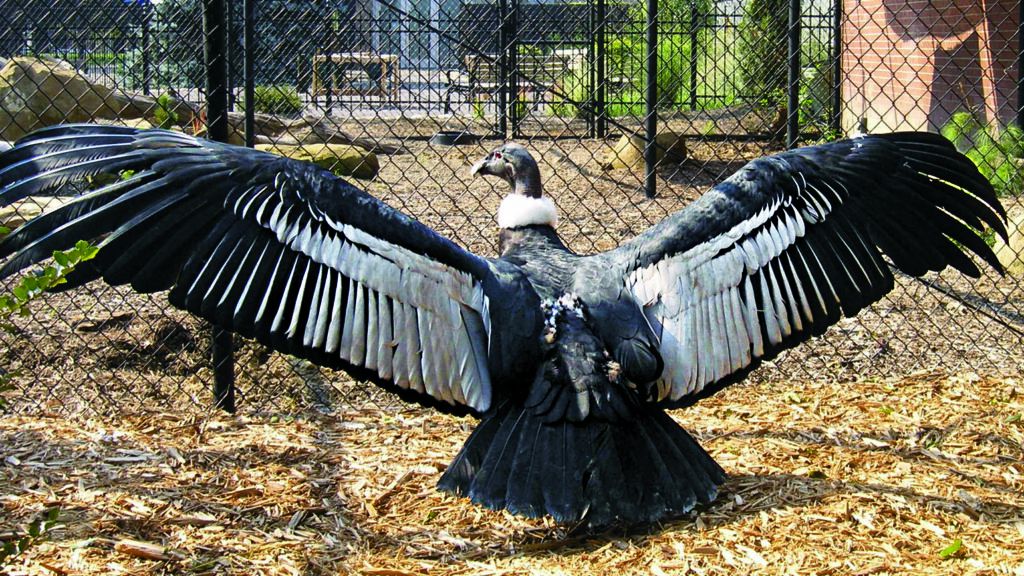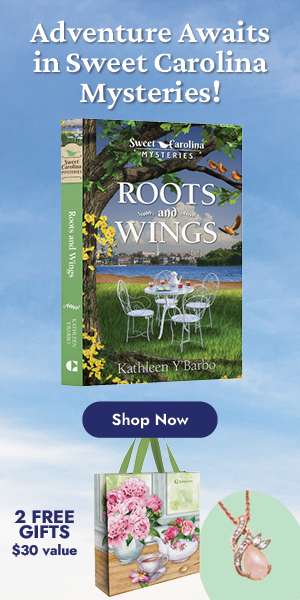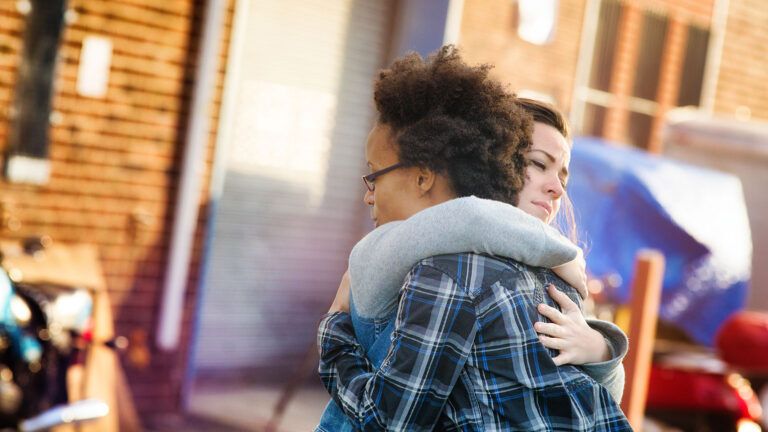“The antidote isn’t working,” I said, lifting the giant Andean condor’s wing. The bird was listless and drooling profusely, her eyes glazed and blinking slowly. I had never seen Lianni this sick before. Condors are strong—even when they don’t feel well—and it took a team of bird keepers to hold Lianni on the ground. My colleague and head vet tech, Teri Roesch, and I began the exam.
Birds are my specialty. As director of veterinary medicine of the National Aviary in Pittsburgh, it’s not only my job but my privilege to care for birds young and old, common and endangered. We have more than 500 birds of 150 different species. Some are critically endangered, part of carefully managed breeding programs: African penguins, rhinoceros hornbills, Guam rails.
I’ve cared for many animals in my career as a zoo vet, but of all the animals in creation, I enjoy working with birds the most because they are unique. That uniqueness, however, makes them the most fragile patients. Birds have a complex respiratory system that can be prone to infection. Their lightweight bones minimize the energy needed to fly, but they are delicate and can fracture easily. Lianni was one of the most special birds I’d ever treated and everyone here loved her. She needed me to save her life.
Just a few days earlier, Lianni had been strutting around her outdoor exhibit, stretching her massive wings to their full 15-foot span. She was 28 years old, had spent most of her adult life at the aviary and was in great shape (Andean condors can live into their fifties). Curious and friendly, she was one of my favorites, always as happy to see me as I was to see her. “Lili!” I would call, using my nickname for her.
Find Hope, Inspiration, and More in our Free eBooks
Sure enough, she would come running (more like lurching, as condors are not particularly graceful on the ground).
National Aviary keepers had noticed Lianni moving slowly when making their daily rounds and called me to take a look. I saw that she was sitting hunched on the ground, clearly not well. Her mate, Rhodan, had died just a day before. We were running tests, but suspected he’d died of rat poisoning, since it was possible a rat or a mouse had entered the exhibit from outside the aviary grounds.
Andean condors mate for life, but Lianni’s behavior was more than grieving for Rhodan…most likely she’d contracted the same illness. He was an attentive mate and always shared his food with her. If he’d fed Lianni, it would have poisoned her as well.
I sent a blood sample to be tested and, just to be safe, started her on the antidote (vitamin K, to rebuild the body’s clotting factors). Even so, within 48 hours Lianni was critical. Vomiting, diarrhea, heavy breathing, refusing to eat. Clearly the antidote wasn’t working, and the test results wouldn’t be back for days. Lianni didn’t have that kind of time.
Lianni was pale. Tests showed that her anemia was worsening and her blood wasn’t clotting normally. Rat poison would cause a rapid leaking of blood in all her organs. She would only get worse. We couldn’t lose her!
People often ask me why I care so much about birds. Birds are beautiful, amazing animals, with dynamic personalities and an incredible diversity of colors and sizes. Plus, how they are able to fly is fascinating! To me, caring for them is being a good steward of God’s creation. I met my first patient—a tiny white Muscovy duck—when I was seven years old and living in Florida.
She was being attacked by the other birds in a pond and couldn’t defend herself. I scooped her up, brought her home and cleaned her wounds, then tucked her into a warm nest of blankets. It felt good to protect this bird, to keep her safe and healthy. (And my little duck lived a full life—I had her until I went to college.)
My desire to help animals started then, but it was my grandmother who really encouraged me to follow my passion. She had Parkinson’s disease, and I cared for her for years. I loved sitting by her side in the living room, Grandma snuggling against her pet cockatiel, who sat on her shoulder. (Yes, she loved birds too!) Whenever I doubted myself, it was her voice I heard telling me, All things are possible with God. You can do whatever you set your mind on, Pilar.
But none of the treatments I had learned and used in my 21 years of experience were helping Lianni. Looking for answers, I reached out to specialists in toxicology and learned that only a blood transfusion could help. Even then, she might not make it. The poison was too potent.
And a blood transfusion was not that simple. Transfusions are not routine for birds because there are so many technical challenges. Collecting blood from the donor is difficult—you need a large volume, and birds are generally too fragile. Standard veterinary bags are too big for use in birds. Transfusing Lianni, who weighed 35 pounds and needed a large supply, would be extremely challenging.
I thought of my grandmother’s words, All things are possible with God. I remembered the time a little green hooded pitta broke her leg, and there was no pin small enough to repair it. I’d prayed until I came up with the idea of using a tiny metal piece from an IV catheter. It fit perfectly! And there was the time I’d used a nebulizer intended for treating asthma in humans to prevent potentially fatal respiratory infections in our endangered African penguins.
“We can have a blood drive,” I said to Teri. Birds don’t have blood types, so we could pool the blood of several smaller birds. “It’s Lianni’s only hope.”
I rushed to my office and grabbed a pad of paper. I filled pages with calculations to determine the proper dilution needed. I set up my team so we’d have someone with Lianni throughout the day. Staff from every department in the aviary offered their birds as donors. When I glanced at the time, it was well after midnight.
The next morning, the first donor arrived—a bald eagle. A keeper held it on a soft towel while I rubbed the feathers on its wing with warm water and inserted a tiny needle into the vein. Everything seemed to be going well. When I was done, however, there was nothing in the collection bag. Only the line of tubing that ran to the bag contained any blood. Would we be able to collect enough?
The next donor was a falcon. After that came owls, hawks and vultures. Slowly, that collection bag filled.
Eight birds (and dozens of staff and volunteers) helped with the blood drive. After collecting each sample, we gave the bird a snack, just as you would with human donors, only the birds’ snacks were mice.
Now it was time to transfuse Lianni. Her size and strength were a significant challenge. Lianni is a wild animal; she’s not regularly handled by staff except for medical reasons. I knew she would likely try to bite when being held. I would never fault her, as I knew how scared and confused she was. To protect everyone, I made her a collar, like one a dog might wear after surgery.
“Ready?” I asked my team. Teri, together with keepers, trainers and several other technicians, helped hold Lianni on her side on a heated blanket, atop the surgery table. “It’s okay, Lili,” I said. “This is going to help you get better.” She was too weak to look at me.
I held the syringe filled with blood. Gently, I inserted an IV catheter in Lianni’s leg vein. “Count off the seconds,” I told a vet tech, “so I can be sure the blood goes through at the right rate.” Ever so slowly I pushed the syringe. After about 10 minutes we were finished.
I’d done all I could and now I had to have faith it would work. I sat and watched Lianni, feeling hopeful but worried. She lifted her head and looked directly at me. There was a moment of understanding. She knew I cared.
It took a full night for her condition to improve from critical to partially stable. We watched her in shifts in the ICU recovery area. I had other patients to attend to, but I checked on her regularly, waiting to see any signs of improvement. A team of dedicated vet students watched her nonstop from 6:00 A.M. to 6:00 P.M. Three days later, I got the toxicology report. My hunch had been right—rat poison. Had we done the transfusion in time?
By the end of the week, Lianni was standing more often and eating small meals. Her expression looked calmer, happier. And little by little, she regained her strength and spirit.
That was three years ago. The other day, I walked by Lianni’s enclosure. She was perched high atop her rock wall. “Lili!” I called. She flew down and ran to me, her wings spread wide. She looked right at me. All things are possible with God, I thought. How amazing it is to see a bird like Lianni healthy and happy and remember how she almost didn’t make it. And how God cares for even his most fragile creatures.
Did you enjoy this story? Subscribe to Guideposts magazine.






